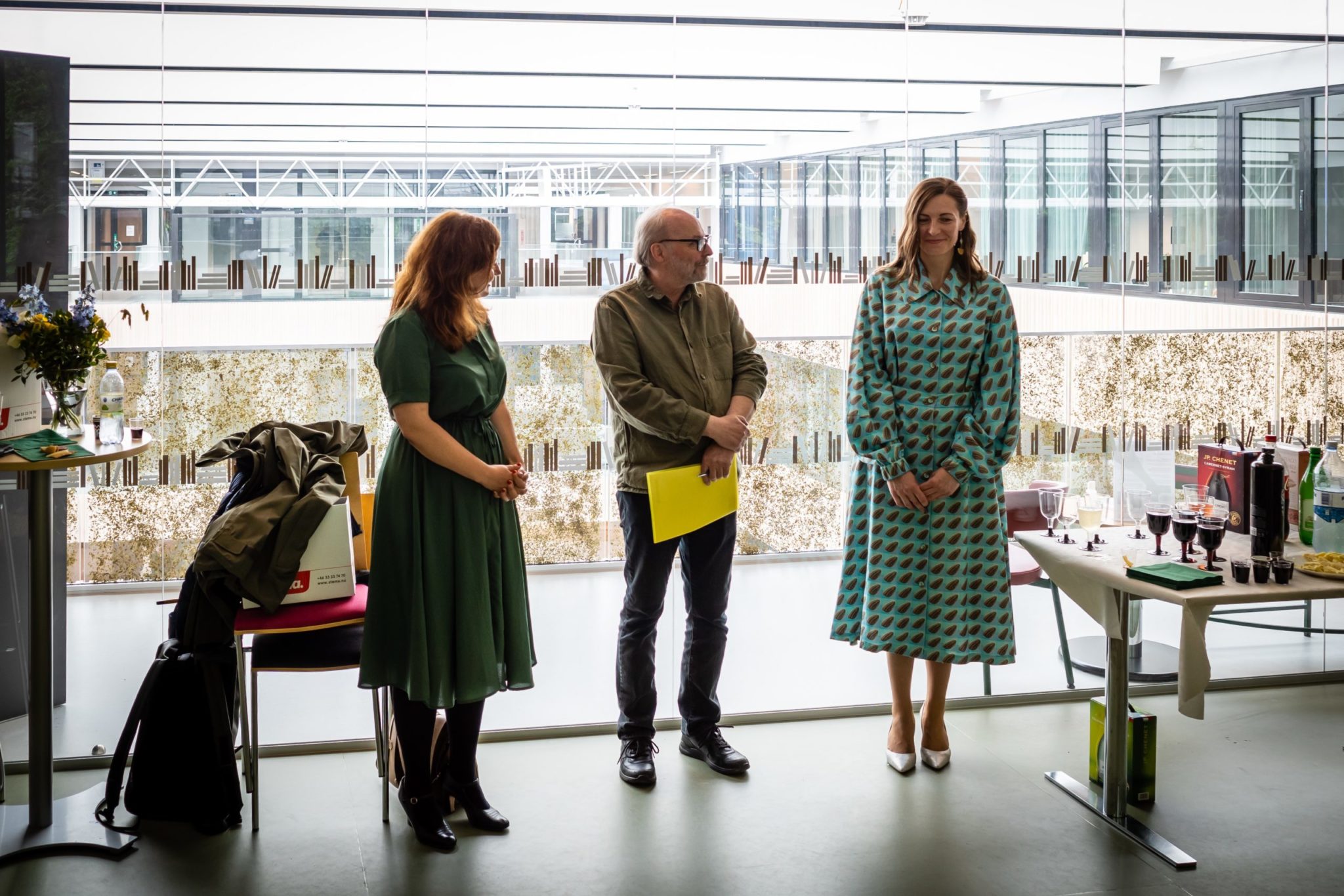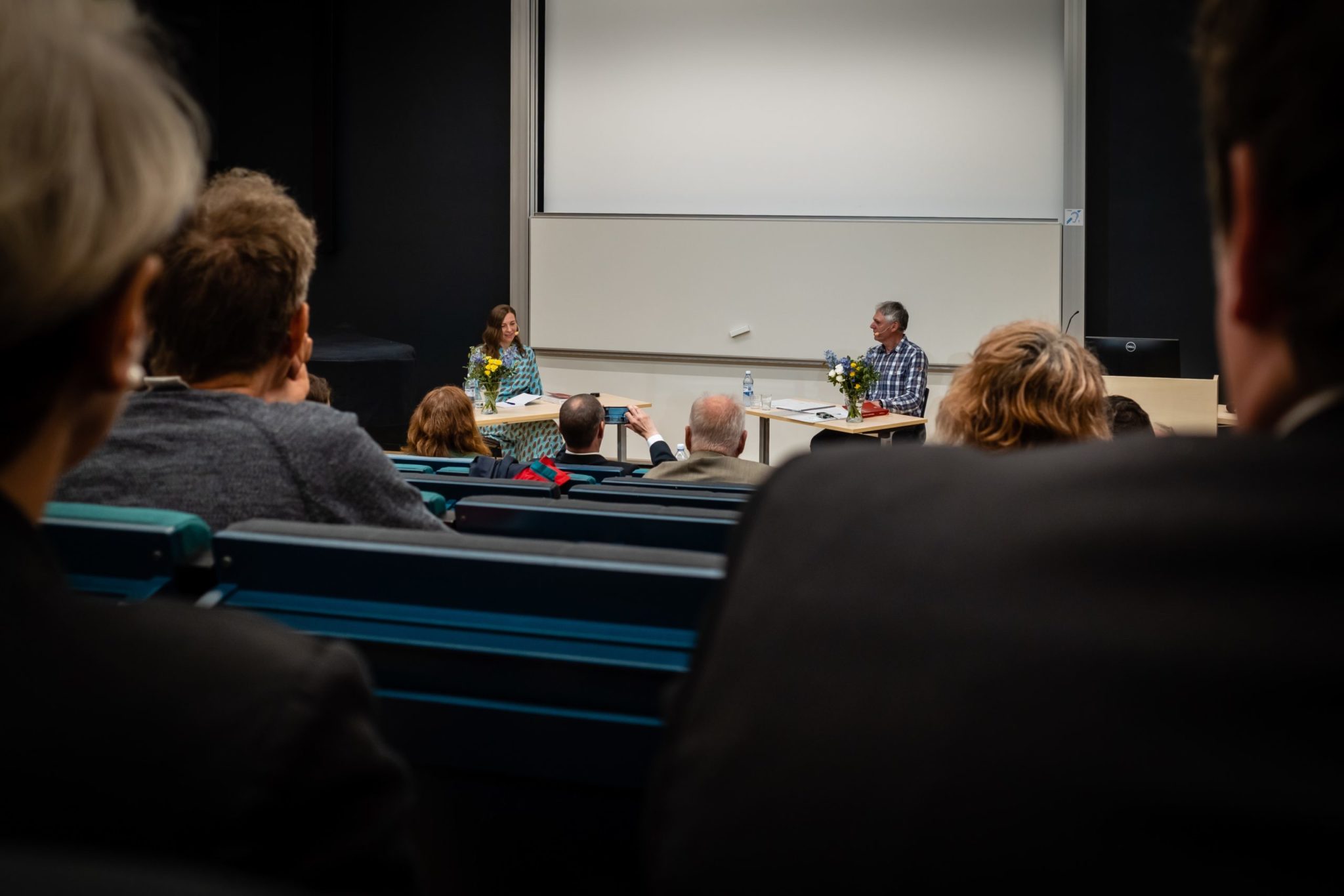On Tuesday June 7th Aija Macāne successfully defended her PhD at Gothenburg University on the mortuary archaeology of human-animal relations, with a primary focus on Zvejnieki cemetery (Latvia), and comparative insights from Skateholm I and II (Sweden) and Sakhtysh II and IIa (Russia). The thesis opponent was BAP Team Member Peter Jordan.
Title: “Stone Age companions: Humans and animals in hunter-gatherer burials in north-eastern Europe”
Abstract: This thesis examines the relationships between humans and animals in their mutual environment and how these relationships were expressed in the burial practices of northern foragers. The empirical research material consists of animal remains, particularly animal tooth pendants, deposited in graves at Zvejnieki (Latvia), Skateholm I and II (Sweden) and Sakhtysh II and IIa (Russia) cemeteries. The Zvejnieki cemetery (8th–3rd millennium cal BC) represents the largest assemblage and has a central place in this study, while Skateholm (ca. 5600–4800 cal BC) and Sakhtysh (5th – early 3rd millennium cal BC) provide additional material from more narrowly delimited periods and different geographical areas. The interdisciplinary toolkit includes a re-evaluation of previous zoo-osteological analyses and their supplementation with new ones, an extensive archival and literature survey, as well as a spatial and contextual analysis of the cemeteries and each excavated burial. The interpretative framework builds on the relational approach and hunter-gatherer ontologies, and the relationship between humans and animals is approached through the perspective of companionship. In this thesis, animals are considered not only as a source of food and raw materials, but as companion species that inhabited a shared landscape with humans.
Ungulates, notably elk, wild boar and red deer, were the most widespread animals in burials, especially during the 8th–6th millennium cal BC. An increase in the diversity of species in burials, particularly of carnivores, can be seen starting from the 5th millennium cal BC. This is partially paralleled by a shift from animal tooth pendants to more strongly modified artefact forms made from other animal remains (bone and antler). The relationships with animal species at each site were shaped by multiple factors, including environmental and ecological conditions (availability of particular species) and the socio-cultural context (preferences and restrictions arising from traditions and cosmological concepts). Ungulate incisors and carnivore canines are most commonly used for making pendants, but local preferences for the use of other bones, such as beaver astragali, bird wing bones, and red deer antlers, can also be observed. The study shows that fragmentation and selection of specific body parts was important, and that animal individuality and personality were essential to establishing relationships between them and humans.
Animal-derived materials had a central role in mediating social communication and cosmological beliefs. They were not just ornaments of the body or wrappings, but their materiality and embedded qualities suggest multiple potential uses, including social identification, protection and transformation. Reading all of this from a companionship perspective shows that human–animal relationships were ontologically fundamental for the Stone Age hunter-gatherers, while at the same time being rather fluid and situational. Companionship in Stone Age north-eastern Europe was forged at an individual level, and both humans and animals participated in the creation of interspecies relationships and environments. Despite the spatial, temporal and cultural variation, animal companions were never far away from the Stone Age hunter-gatherers.
The full thesis can be downloaded here: https://gupea.ub.gu.se/handle/2077/71409
Congratulations to Dr. Macāne and we wish her all the best in her future endeavors!
Thank you to Dr. Macāne for the following photo captions:
1. I am together with my other supervisor Prof. Liv Nilsson Stutz and Prof. Lars Larsson with whom we excavated together at Zvejnieki in 2005-2009.
2. The result of successfully defended thesis is announced by the evaluation committee member Dr. Ivana Živaljević, and with the yellow documents is my main supervisor Dr. Karl-Göran Sjögren.
3. The defense, where I discuss with my opponent Prof. Peter Jordan.




